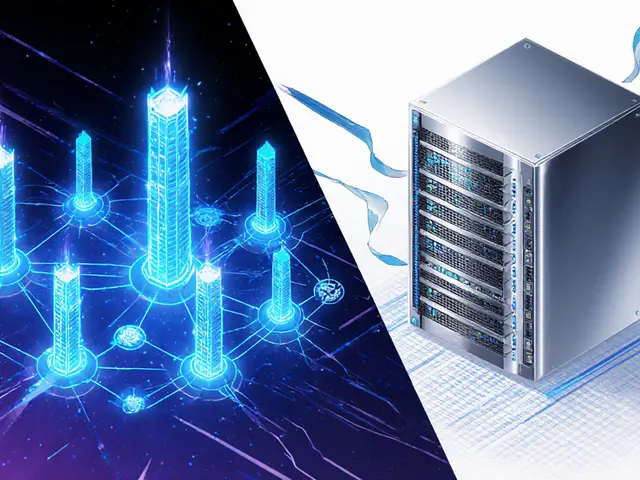Mining Pool Centralization
When talking about Mining Pool Centralization, the concentration of mining power in a few large pools that control a significant share of a blockchain’s hash rate. Also known as pool dominance, it can shape network security and decentralization.
One of the first things to understand is what a mining pool, a group of miners who combine their hash power to find blocks more consistently actually does. By joining forces, individual miners earn steadier rewards, but the flip side is a shift in hash rate distribution, how computing power is spread across all participants in a proof‑of‑work network. When a handful of pools hold more than 50% of the total hash rate, the network’s decentralization, the extent to which control is spread among many independent actors drops sharply. This concentration can enable 51% attacks, increase fee manipulation, and give pools leverage over protocol changes.
Proof‑of‑work itself relies on a diverse set of miners to stay secure. The more spread out the hash power, the harder it is for any single entity to rewrite history. Mining hardware also plays a role: ASIC manufacturers may sell directly to large pools, further skewing the balance. To counteract centralization, projects introduce measures like pool caps, miner incentives for solo mining, or even hybrid consensus models. Understanding these dynamics helps anyone from casual users to node operators make smarter choices about where to stake their hash power.
Below you’ll find a curated list of articles that dive deeper into each aspect—how pools form, the math behind hash‑rate concentration, real‑world examples of centralization risks, and practical steps you can take to support a healthier, more decentralized network.
Learn what cryptocurrency mining pools are, how they work, major players, fees, risks, and tips for choosing the right pool for your mining setup.
Read More





